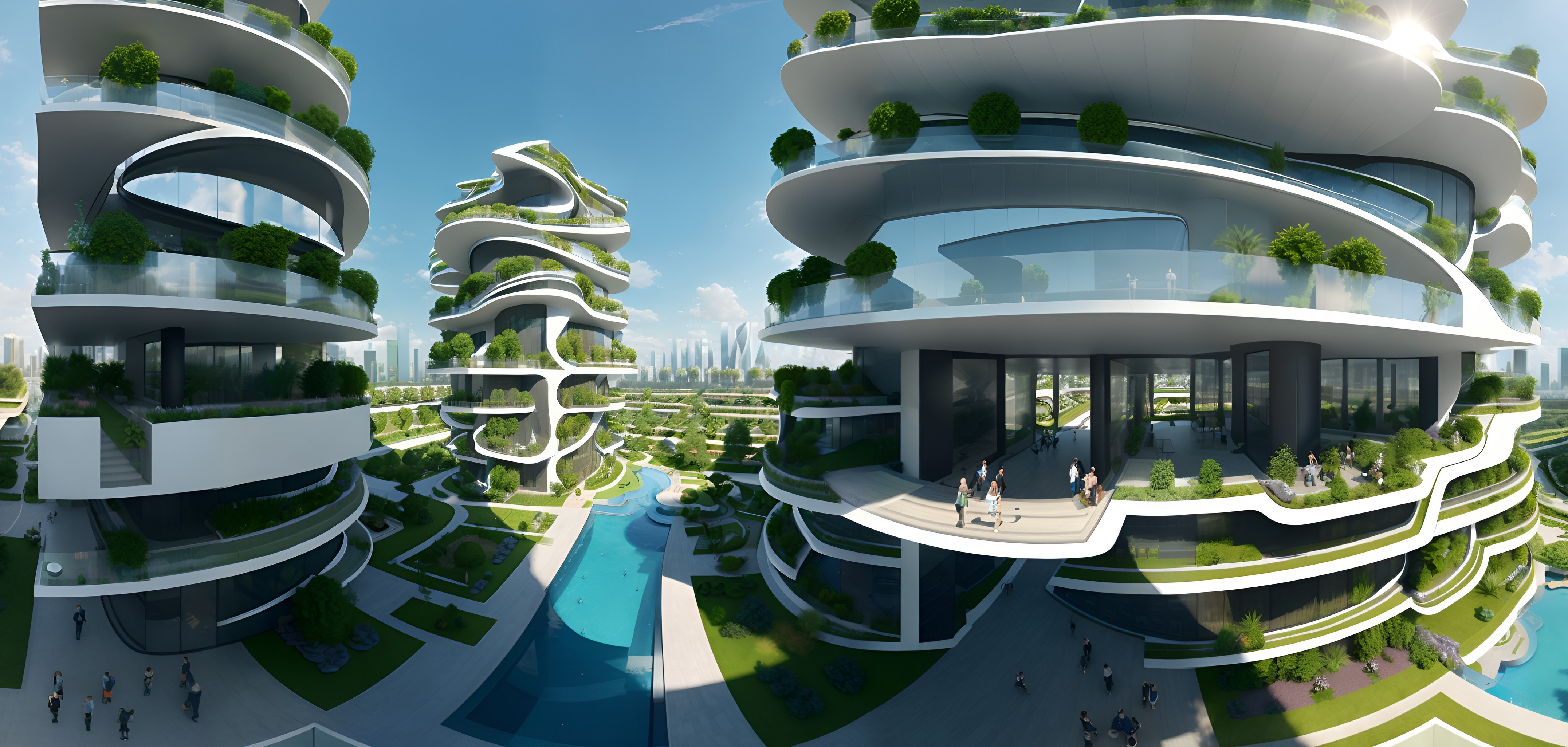
The Impact of Biophilic Design on Real Estate
Real estate properties worldwide are increasingly marketed based on the image of an ideal lifestyle. The Sustainable City in Dubai is one such example where environmental-friendly design plays a pivotal role in marketing; moreover, with green certification labels like LEED, sustainability is at the forefront of marketing strategies. In fact, it has been announced in UAE that this is the Year of Sustainability. However, it is important to explore the actual impact of these design choices on building occupants. Does the green awareness actually promote a healthier lifestyle? While reflecting on this question, a bottom-up concept of biophilic design has emerged, seeking to reconnect humans with nature for the ultimate benefits of well-being and productivity.
While biophilic design can be as simple as incorporating green plants or providing a pleasant view of nature, researchers have studied it extensively to understand its positive impact on human health. By incorporating biophilic design principles into spatial design, designers can enhance the well-being and productivity of building occupants. This raises important questions about how conscious we are of these factors when purchasing new property. Understanding the potential benefits of biophilic design opens up a world of possibilities for creating sustainable, healthy, and aesthetically pleasing environments that contribute to a higher quality of life.
Incorporating elements of biophilia into architectural design promotes a sense of harmony with the natural world. Whether it is through the use of natural materials, the integration of green spaces, or the inclusion of natural light, biophilic design aims to mimic and enhance the positive experiences associated with being outdoor in nature, while providing the safe indoor shelter. Studies have shown that exposure to nature and natural elements has a significant impact on reducing stress levels, improving cognitive function, enhancing sleeping patterns, and increasing overall well-being. Importantly, biophilic design encourages environmental sustainability by embracing concepts such as energy efficiency and water conservation. These benefits contribute to a healthier, more sustainable future for real estate development.
Access to green spaces, such as gardens or parks, can support physical health through increased opportunities for exercise. WELL Building Standard, as example, encourages body movement within the building shell through specific considerations in the project’s layout/plan. Whether the real estate confinement is horizontally spread (Cedre Villas in Dubai Silicon Oasis) or designed vertically (Al-Habtoor Tower), biophilic design may still be applied.
Biophilic design offers a pathway to promoting well-being, productivity, and sustainability in real estate. Mitigating the green washing trap, occupants and clients nowadays have a wealth of information they can utilize to foster an individual understanding and decision making. While many claim to be experts in real estate, if economy is not human-centric then probably it is the right time for consumers to lead the market. In the latter, nature always wins, hence biophilic design.















